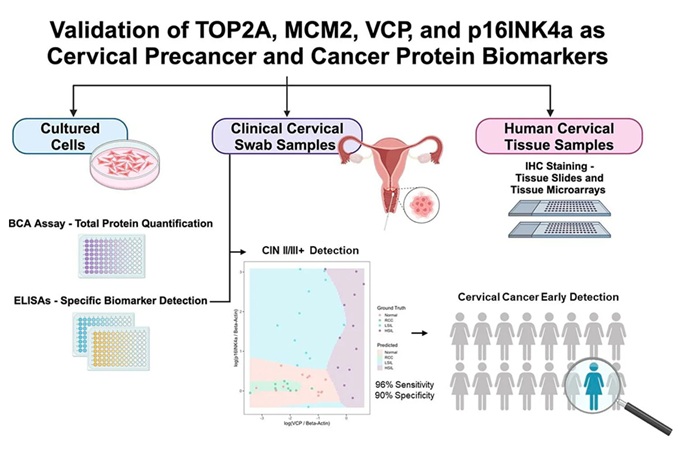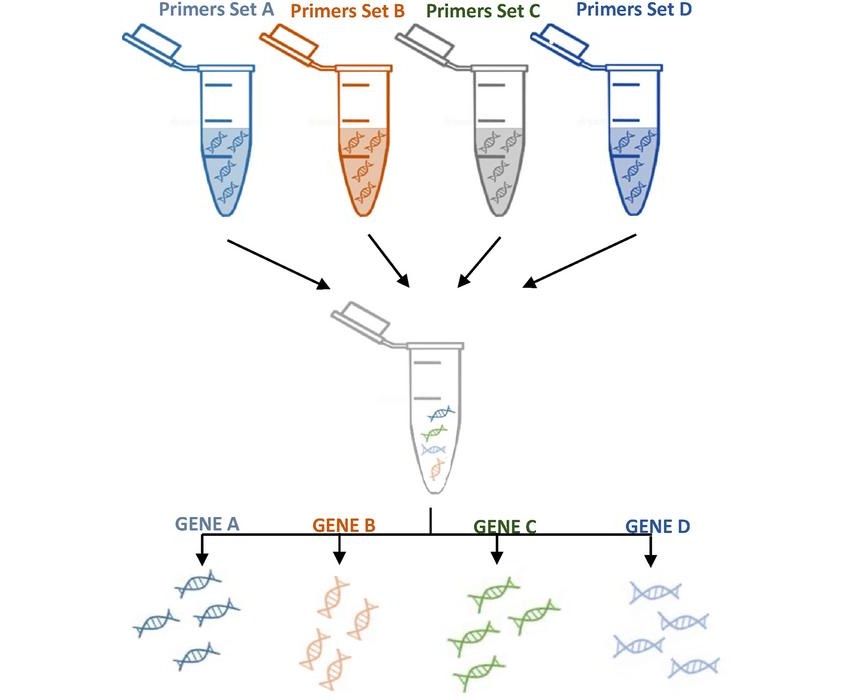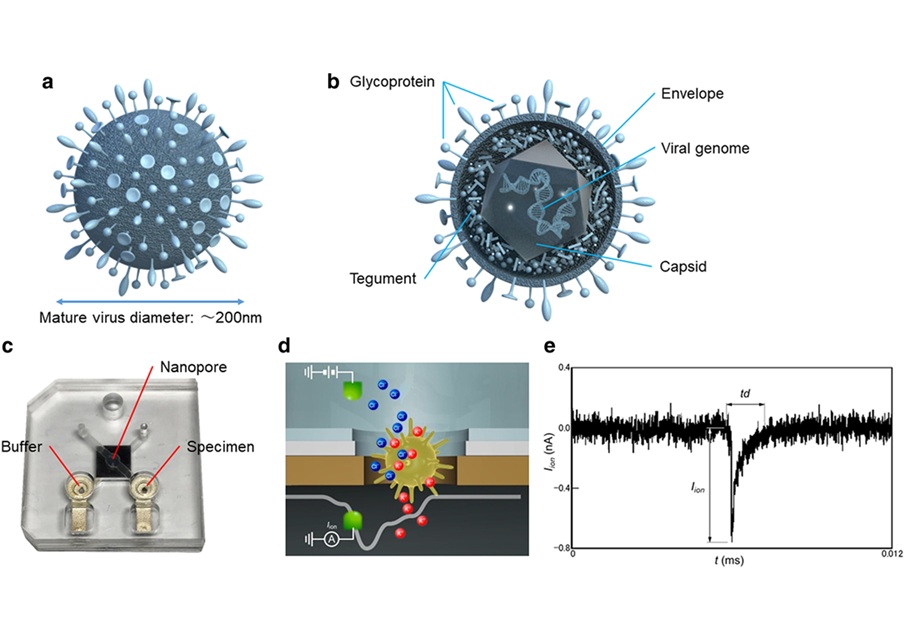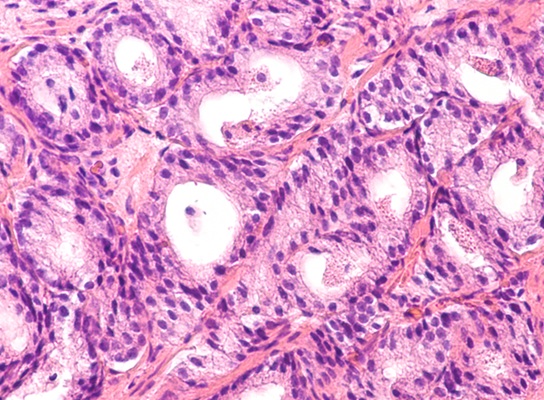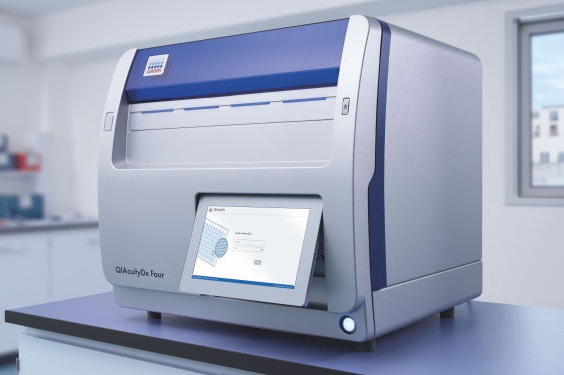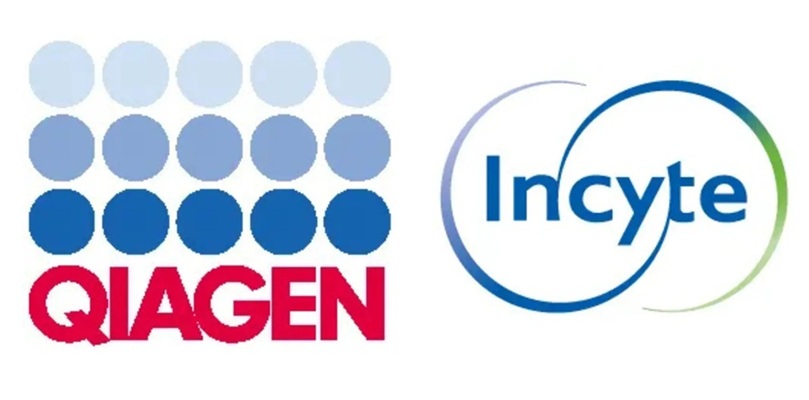Rapid Serological Assay Developed for Strongyloidiasis
|
By LabMedica International staff writers Posted on 19 Aug 2014 |

Image: The adult free-living female Strongyloides stercoralis with a row of eggs within the body of the nematode (Photo courtesy of the CDC - Centers for Disease Control and Prevention).
Several imperfect methods exist for diagnosing strongyloidiasis and stool examination with microscopic identification of larvae considered the gold standard diagnostic procedure, showing good specificity with experienced staff.
Individuals with strongyloidiasis are typically asymptomatic, and the infection can persist for decades without detection. Problems arise when individuals with unrecognized Strongyloides stercoralis infection are immunosuppressed, which can lead to hyper-infection syndrome and disseminated disease with an associated high mortality if untreated.
An international team of scientists led by those at McGill University (Montreal, QC, Canada) obtained 54 positive serum samples that were confirmed by positive stool samples for S. stercoralis from multiple reference laboratories. There were 47 negative control samples consisted of sera obtained from healthy individuals residing in Canada with no prior history of travel outside of Canada and individuals with confirmed diagnosis of other parasitic infections, including trichinosis, and were negative for Strongyloides by an “in-house” enzyme-linked immunoassay (ELISA) (NRCP).
The team developed a rapid and sensitive serodiagnostic assay for strongyloidiasis based on a 31-kDa recombinant antigen from S. stercoralis (NIE) using a novel diffraction-based optical biosensor technology. The panelPlus oligonucleotide-based addressing system was used for NIE immobilization onto dotLab Sensors and All assays were performed on the dotLab mX System using panelPlus D Sensors (Axela, Inc.; Toronto, ON, Canada). All serum samples were also tested by an NIE ELISA that was developed and validated.
The assay readily differentiated S. stercoralis-infected patients from controls detecting 96.3% of the positive cases, and with no cross reactivity observed in the control group. These results were in excellent agreement with results obtained by an NIE-based ELISA. A further 44 sera from patients with suspected S. stercoralis infection were analyzed and showed 91% agreement with the NIE ELISA. The novel, high-sensitivity diffractive optics technology (dot) platform generated results in less than 30 minutes and is fully automated requiring minimal user intervention. This makes it potentially attractive for near-patient testing and for use in regions where technical expertise or adequate laboratory facilities may not be available.
The authors concluded that with the ability to create custom multiplex assays using the panelPlus oligonucleotide-based addressing system, the dotLab mX System could also be used further to improve Strongyloides serodiagnostics by incorporating multiple recombinant antigens in a multiplex format or by simultaneously screening for clinically relevant co-infections such as Human T-cell lymphotropic virus type 1 (HTLV-1).
The study was published on August 7, 2014, in the journal Public Library of Science Neglected Tropical Diseases.
Related Links:
McGill University
Axela Inc.
Individuals with strongyloidiasis are typically asymptomatic, and the infection can persist for decades without detection. Problems arise when individuals with unrecognized Strongyloides stercoralis infection are immunosuppressed, which can lead to hyper-infection syndrome and disseminated disease with an associated high mortality if untreated.
An international team of scientists led by those at McGill University (Montreal, QC, Canada) obtained 54 positive serum samples that were confirmed by positive stool samples for S. stercoralis from multiple reference laboratories. There were 47 negative control samples consisted of sera obtained from healthy individuals residing in Canada with no prior history of travel outside of Canada and individuals with confirmed diagnosis of other parasitic infections, including trichinosis, and were negative for Strongyloides by an “in-house” enzyme-linked immunoassay (ELISA) (NRCP).
The team developed a rapid and sensitive serodiagnostic assay for strongyloidiasis based on a 31-kDa recombinant antigen from S. stercoralis (NIE) using a novel diffraction-based optical biosensor technology. The panelPlus oligonucleotide-based addressing system was used for NIE immobilization onto dotLab Sensors and All assays were performed on the dotLab mX System using panelPlus D Sensors (Axela, Inc.; Toronto, ON, Canada). All serum samples were also tested by an NIE ELISA that was developed and validated.
The assay readily differentiated S. stercoralis-infected patients from controls detecting 96.3% of the positive cases, and with no cross reactivity observed in the control group. These results were in excellent agreement with results obtained by an NIE-based ELISA. A further 44 sera from patients with suspected S. stercoralis infection were analyzed and showed 91% agreement with the NIE ELISA. The novel, high-sensitivity diffractive optics technology (dot) platform generated results in less than 30 minutes and is fully automated requiring minimal user intervention. This makes it potentially attractive for near-patient testing and for use in regions where technical expertise or adequate laboratory facilities may not be available.
The authors concluded that with the ability to create custom multiplex assays using the panelPlus oligonucleotide-based addressing system, the dotLab mX System could also be used further to improve Strongyloides serodiagnostics by incorporating multiple recombinant antigens in a multiplex format or by simultaneously screening for clinically relevant co-infections such as Human T-cell lymphotropic virus type 1 (HTLV-1).
The study was published on August 7, 2014, in the journal Public Library of Science Neglected Tropical Diseases.
Related Links:
McGill University
Axela Inc.
Latest Microbiology News
- Credit Card-Sized Test Boosts TB Detection in HIV Hotspots
- Fecal Metabolite Profiling Predicts Mortality in Critically Ill Patients
- Portable Molecular POC System Rules Out UTIs in Just 35 Minutes
- POC Lateral Flow Test Detects Deadly Fungal Infection Faster Than Existing Techniques
- Rapid Diagnostic Test Slashes Sepsis Mortality by 39%
- Blood Culture Assay Enhances Diagnostic Stewardship Through Targeted Panel Selection
- Real-Time Genome Sequencing Detects Dangerous Superbug Causing Hospital Infections
- Diagnostic Test Accurately Detects Colorectal Cancer by Identifying Microbial Signature in Gut Bacteria
- Rapid Bedside Test Predicts Sepsis with Over 90% Accuracy
- New Blood Test Detects Up to Five Infectious Diseases at POC
- Molecular Stool Test Shows Potential for Diagnosing TB in Adults with HIV
- New Test Diagnoses Bacterial Meningitis Quickly and Accurately
- Handheld Device Delivers Low-Cost TB Results in Less Than One Hour
- New AI-Based Method Improves Diagnosis of Drug-Resistant Infections
- Breakthrough Diagnostic Technology Identifies Bacterial Infections with Almost 100% Accuracy within Three Hours
- Innovative ID/AST System to Help Diagnose Infectious Diseases and Combat AMR
Channels
Clinical Chemistry
view channel
New Reference Measurement Procedure Standardizes Nucleic Acid Amplification Test Results
Nucleic acid amplification tests (NAATs) play a key role in diagnosing a wide range of infectious diseases. These tests are generally known for their high sensitivity and specificity, and they can be developed... Read more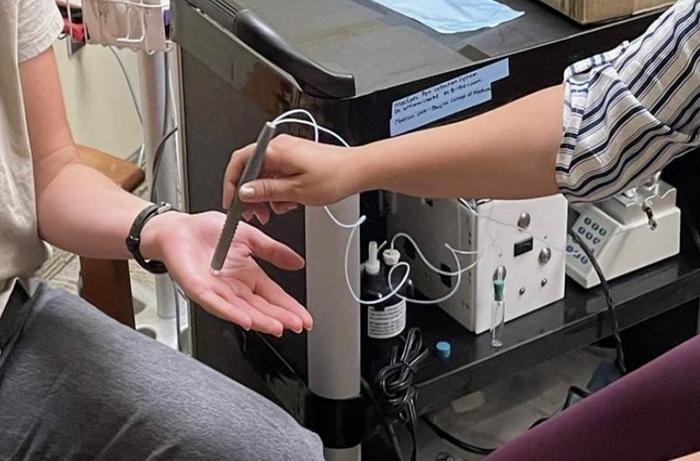
Pen-Like Tool Quickly and Non-Invasively Detects Opioids from Skin
Opioid drugs such as fentanyl, morphine, and oxycodone are the primary substances associated with overdose cases in the United States. Standard drug screening procedures typically involve collecting blood,... Read moreMolecular Diagnostics
view channel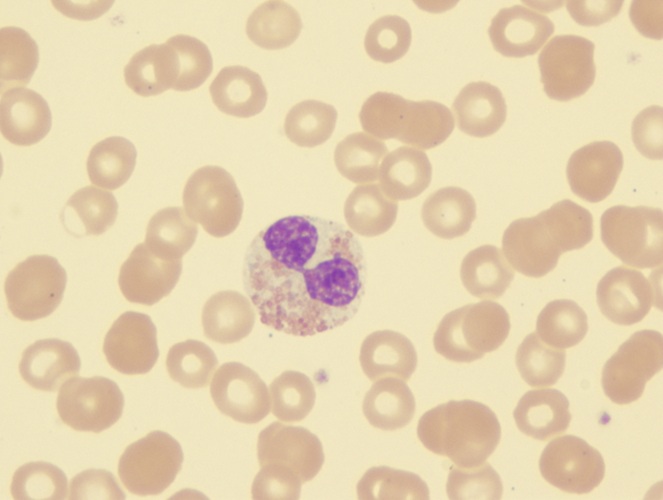
New Blood Test for Leukemia Risk Detection Could Replace Bone Marrow Sampling
Myelodysplastic syndrome (MDS) is a condition typically associated with aging, where blood stem cells fail to develop into fully functional blood cells. Early and accurate diagnosis is vital, as MDS can... Read more
Blood Test Detects Preeclampsia Risk Months Before Symptoms Appear
Preeclampsia, a pregnancy-related complication characterized by elevated blood pressure and organ dysfunction, remains a major contributor to maternal and infant health issues globally. Existing screening... Read moreHematology
view channel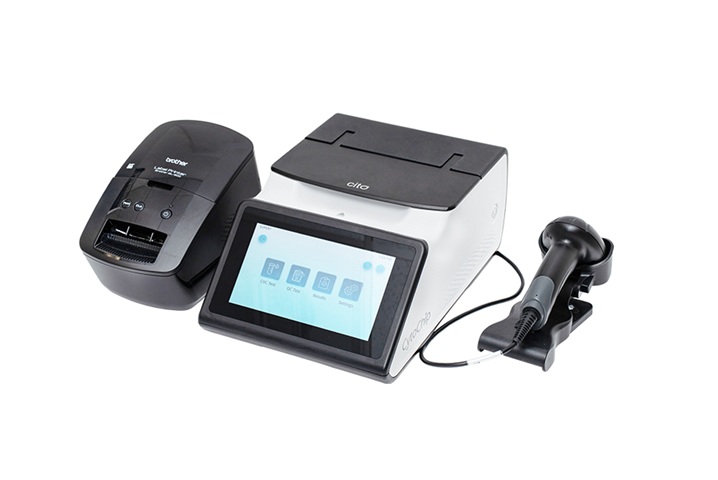
Disposable Cartridge-Based Test Delivers Rapid and Accurate CBC Results
Complete Blood Count (CBC) is one of the most commonly ordered lab tests, crucial for diagnosing diseases, monitoring therapies, and conducting routine health screenings. However, more than 90% of physician... Read more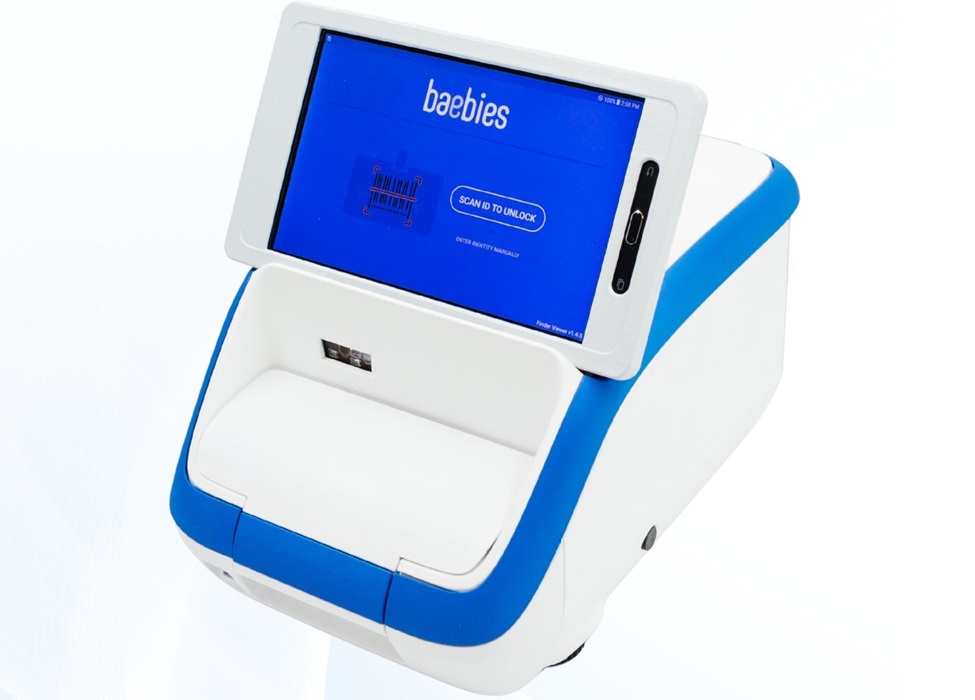
First Point-of-Care Heparin Monitoring Test Provides Results in Under 15 Minutes
Heparin dosing requires careful management to avoid both bleeding and clotting complications. In high-risk situations like extracorporeal membrane oxygenation (ECMO), mortality rates can reach about 50%,... Read moreImmunology
view channel
Blood Test Detects Organ Rejection in Heart Transplant Patients
Following a heart transplant, patients are required to undergo surgical biopsies so that physicians can assess the possibility of organ rejection. Rejection happens when the recipient’s immune system identifies... Read more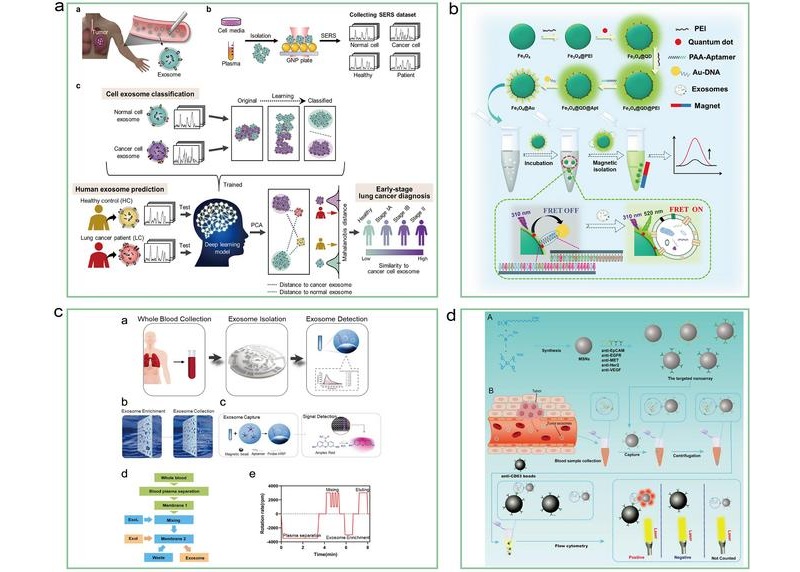
Liquid Biopsy Approach to Transform Diagnosis, Monitoring and Treatment of Lung Cancer
Lung cancer continues to be a major contributor to cancer-related deaths globally, with its biological complexity and diverse regulatory processes making diagnosis and treatment particularly difficult.... Read more
Computational Tool Exposes Hidden Cancer DNA Changes Influencing Treatment Resistance
Structural changes in tumor DNA are among the most damaging genetic alterations in cancer, yet they often go undetected, particularly when tissue samples are degraded or of low quality. These hidden genomic... Read morePathology
view channel
Cancer Chip Accurately Predicts Patient-Specific Chemotherapy Response
Esophageal adenocarcinoma (EAC), one of the two primary types of esophageal cancer, ranks as the sixth leading cause of cancer-related deaths worldwide and currently lacks effective targeted therapies.... Read more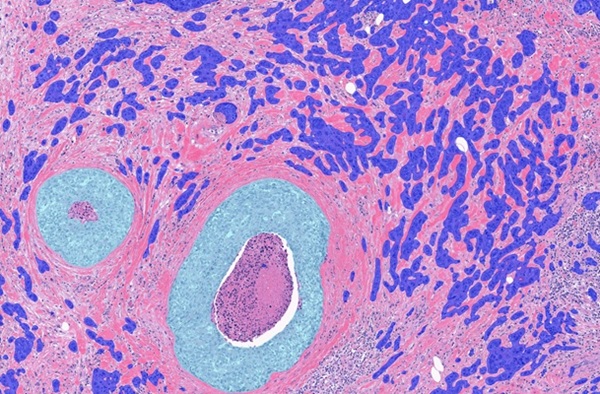
Clinical AI Solution for Automatic Breast Cancer Grading Improves Diagnostic Accuracy
Labs that use traditional image analysis methods often suffer from bottlenecks and delays. By digitizing their pathology practices, labs can streamline their work, allowing them to take on larger caseloads... Read more
Saliva-Based Testing to Enable Early Detection of Cancer, Heart Disease or Parkinson’s
Saliva is one of the most accessible biological fluids, yet it remains underutilized in clinical practice. While saliva samples are used to perform genetic tests to determine, for example, paternity, the... Read moreTechnology
view channel
New POC Biosensing Technology Improves Detection of Molecular Biomarkers
Traditional diagnostic procedures in medicine typically involve sending a patient’s blood or tissue samples to clinical laboratories, where trained scientists perform testing and data interpretation.... Read more
Enhanced Lab Data Management and AI Critical to Labs of the Future, Finds Survey
Data plays a key role in the transformation of today’s digital laboratories, acting both as a key challenge and a catalyst for innovation, as revealed by a survey of over 150 scientists.... Read moreIndustry
view channel
AMP Releases Best Practice Recommendations to Guide Clinical Laboratories Offering HRD Testing
Homologous recombination deficiency (HRD) testing identifies tumors that are unable to effectively repair DNA damage through the homologous recombination repair pathway. This deficiency is often linked... Read more















